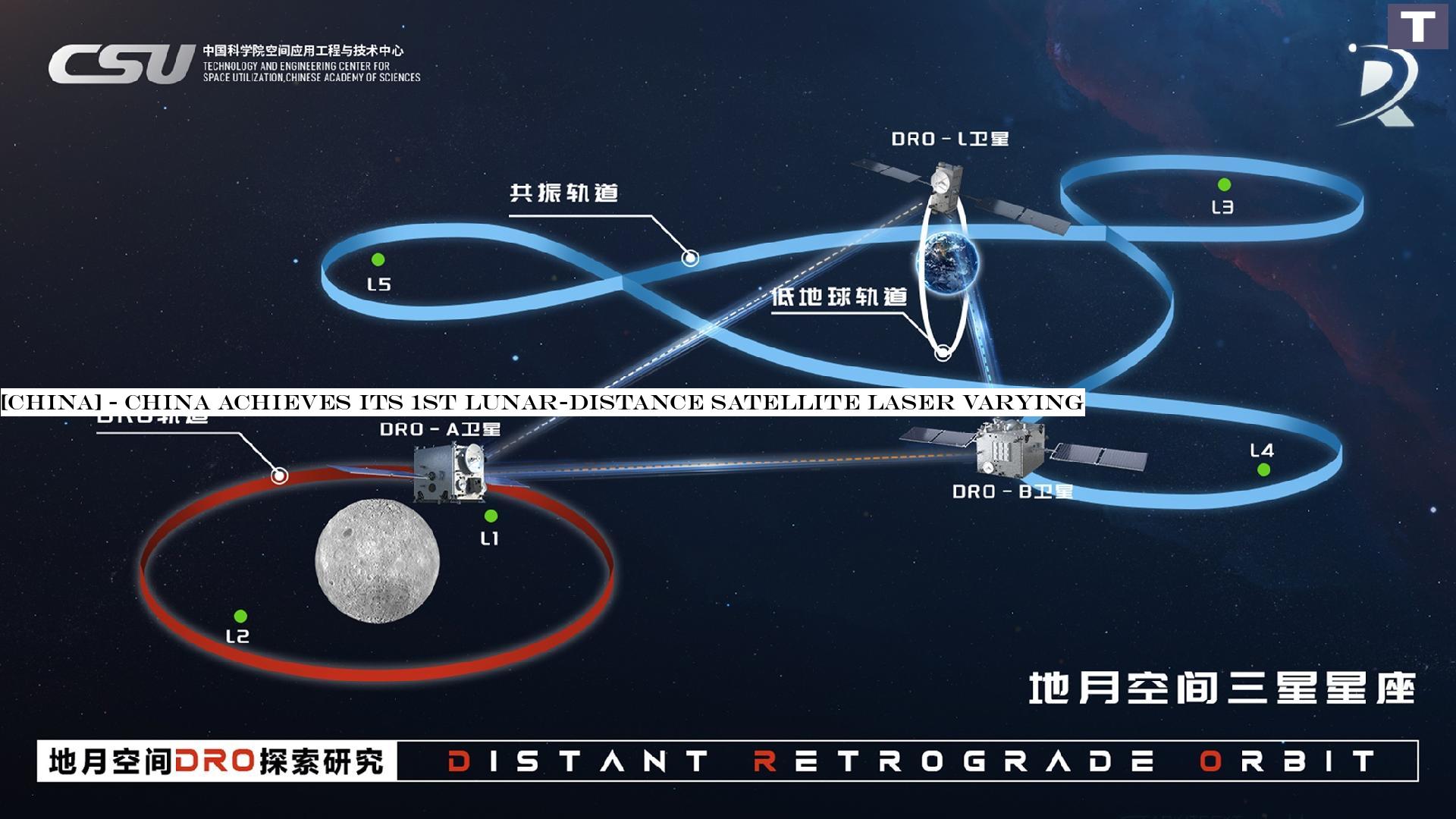
China on Wednesday effectively performed its first satellite laser varying experiment at lunar-distance scales, marking a significant technological development in deep-space exploration.The breakthrough was announced on Friday by the Technology and Engineering Center for Space Utilization (CSU), Chinese Academy of Sciences (CAS), throughout a mission to check out the Distant Retrograde Orbit (DRO), an orbit known as a natural space harbor.Using a 1.2-meter-aperture ground-based laser ranging system, scientists specifically measured the range to the DRO-A satellite at around 350,000 kilometers, equivalent to the Earth-moon distance.The DRO-A satellite, released back in March 2024, didnt at first reach its orbit, but engineers at CSU managed to direct it to the best position after a 123-day rescue effort.Read more: Behind Chinas 123-day space rescue: The mathematics that defied the oddsCSUs DRO mission has developed a navigation system that enables auto-piloted satellites in the large Earth-moon area, which has to do with 10,000 times bigger than the traditional environment of satellites the Low Earth Orbit.Watch: Behind Chinas 123-day space rescue: Gravity slingshot and auto-piloted satellitesThis achievement highlights Chinas growing proficiency in space science and its ambitions for future lunar and deep-space missions, according to an announcement on the CAS website.

 11
11
















